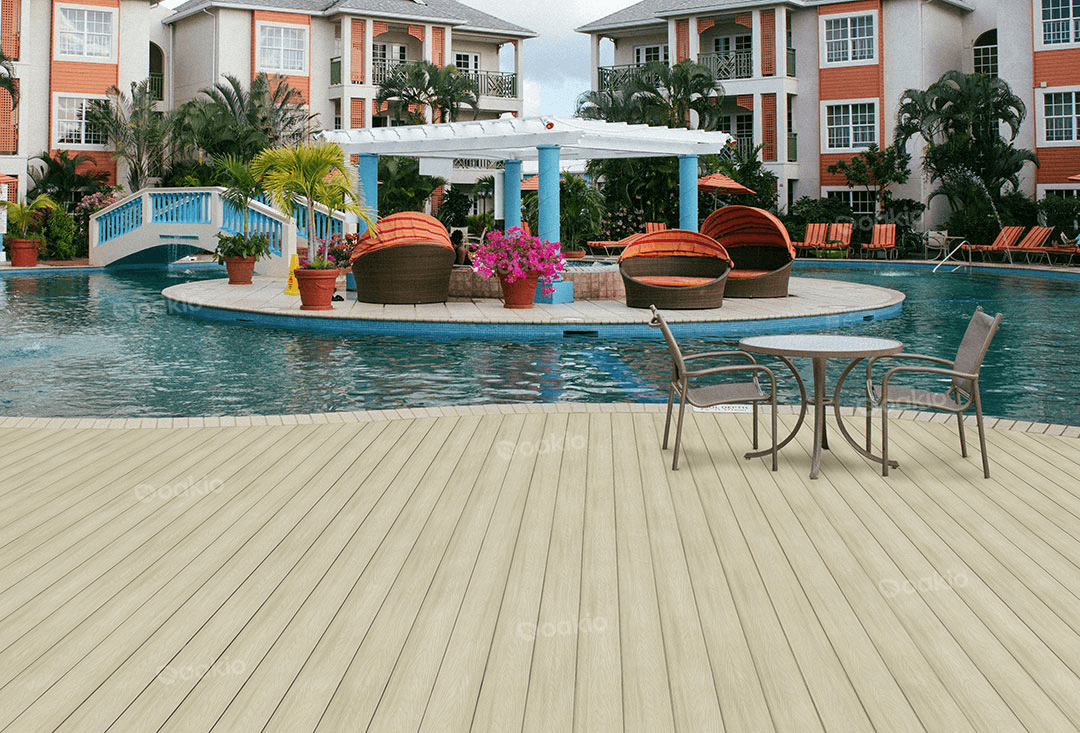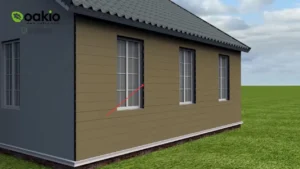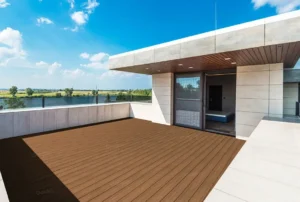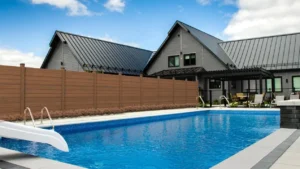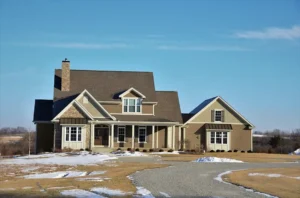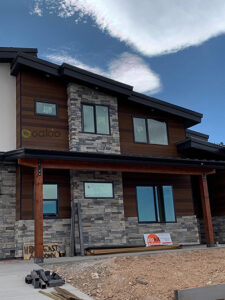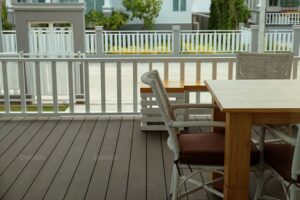Advancements in Straw-Plastic Composites: A Sustainable Alternative to Traditional WPC Materials
The rapid depletion of natural wood resources has led to a pressing need for alternative materials in the construction industry. Wood-Plastic Composites (WPCs) have emerged as a game-changing solution, combining the aesthetics of natural wood with the durability and versatility of plastic. Recent advancements in WPC production are leveraging agricultural residues, such as straw, to create sustainable building materials that align with eco-friendly practices. This shift not only reduces the reliance on wood and non-renewable plastics but also addresses the global need for biodegradable and recyclable materials.
The Rise of WPC Materials in Sustainable Construction
WPC materials, traditionally made from a blend of wood fibers and thermoplastics, are now undergoing a transformation with the inclusion of agricultural residues like straw. This innovative approach to material development aligns with the principles of sustainable construction by addressing two critical challenges: resource scarcity and agricultural waste management.
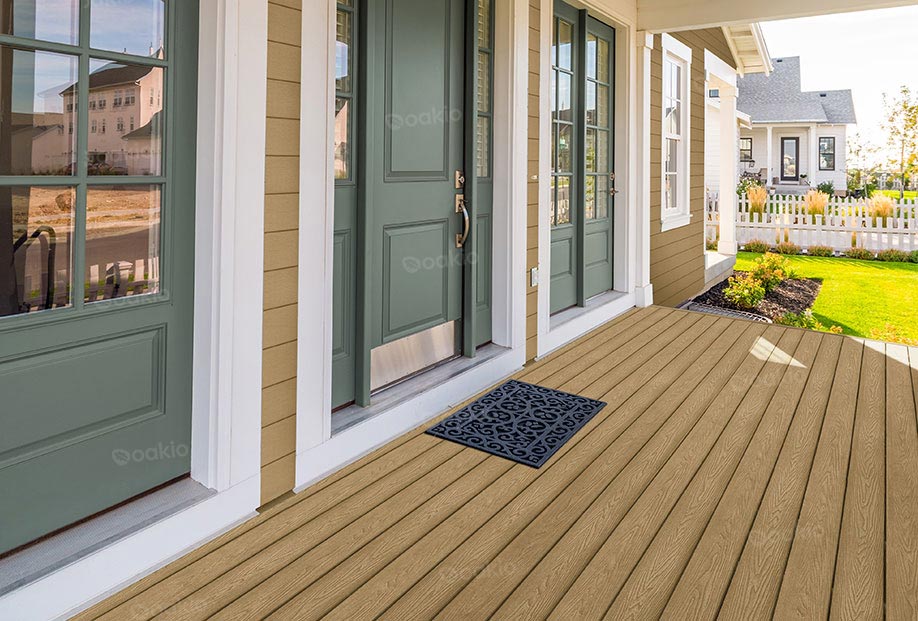
Agricultural residues, such as wheat straw, cotton stalks, and sugarcane bagasse, are abundant, cost-effective, and renewable. By integrating these byproducts into WPC production, manufacturers reduce the demand for virgin wood and plastics while creating high-performance materials suitable for outdoor decking, fencing, and interior applications.
Moreover, WPCs are versatile enough to cater to various building needs, from patio designs to poolside decking. Their ability to mimic the appearance of natural wood while offering superior weather resistance, durability, and low maintenance makes them an attractive option for both residential and commercial projects.
Key Benefits of Biodegradable Building Materials
The inclusion of biodegradable components in WPC materials enhances their sustainability and further supports the global shift toward green building practices. Some of the notable benefits include:
- Eco-Friendliness: Agricultural residues used in WPCs provide a second life for waste materials, reducing the environmental footprint of construction projects. These materials also contribute to the reduction of deforestation by minimizing the demand for virgin wood.
- Cost Efficiency: Agricultural byproducts are typically less expensive than traditional raw materials, lowering production costs and making WPCs a more affordable option for builders and consumers.
- Recyclability and Circularity: The recyclability of WPCs allows them to be repurposed into new materials, ensuring that they align with the principles of a circular economy. This reduces waste generation and encourages sustainable consumption.
- Enhanced Longevity: Biodegradable building materials, when properly formulated, maintain durability and performance while offering end-of-life solutions that minimize environmental impact.
These advantages make WPCs a critical component in advancing green construction practices while addressing global sustainability goals.
Interface Modification: Overcoming Key Challenges in WPC Production
While the integration of straw and other agricultural residues into WPCs offers numerous benefits, it also presents unique challenges, particularly in achieving compatibility between hydrophilic fibers (e.g., straw) and hydrophobic plastics. Without proper interface bonding, the structural integrity and performance of WPC materials may be compromised.
To address this issue, researchers and manufacturers have developed advanced interface modification techniques. These methods ensure strong adhesion between fibers and plastics, resulting in high-performance, durable composites. Some of the most effective techniques include:
- Physical Enhancement:
Techniques such as mechanical crushing, high-temperature treatment, and ion processing increase the surface area of the fibers, enhancing mechanical bonding with the plastic matrix. These processes create stronger composites capable of withstanding stress and environmental factors. - Chemical Modifications:
The use of coupling agents and grafting technologies, such as maleic anhydride, chemically bonds the fibers and plastic molecules. This not only improves compatibility but also enhances the mechanical properties of the final product. - Biological Treatments:
Enzymatic and alkaline treatments are employed to modify the surface properties of straw fibers, improving their integration into the plastic matrix. These techniques also help remove impurities, such as lignin and waxes, that may hinder bonding.
By combining these innovative techniques, manufacturers can produce WPC materials that are both durable and environmentally friendly, meeting the demands of modern construction.
Applications of WPC Materials in Construction
WPC materials have gained widespread popularity due to their versatility and ability to address various construction needs. Here are some key applications:
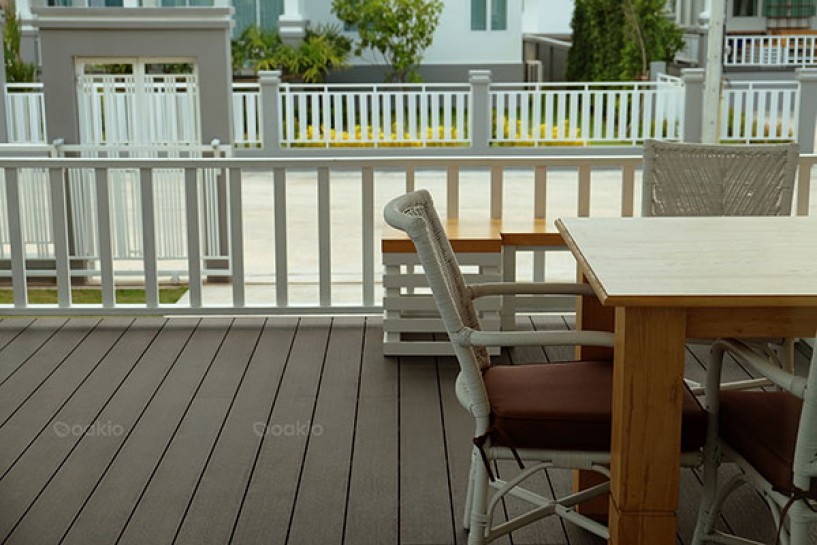
- Outdoor Decking: WPC decking is ideal for patios, poolside areas, and garden pathways due to its water resistance and weather durability. Its ability to resist UV radiation and wear makes it a long-lasting choice for outdoor use.
- Fencing and Railings: WPC materials provide a stylish and sustainable option for fencing and railings. Their low maintenance and customizable designs appeal to homeowners and commercial developers alike.
- Interior Design: WPC panels and boards are increasingly used for interior wall cladding and flooring. Their natural wood-like appearance adds warmth to interiors while maintaining durability and ease of cleaning.
- Furniture: WPC materials are also being used to create sustainable furniture, offering lightweight yet sturdy solutions for both indoor and outdoor settings.
These applications demonstrate the adaptability of WPC materials and their ability to cater to diverse construction and design needs.
The Environmental Impact of WPC Materials
One of the most significant contributions of WPC materials is their positive environmental impact. By utilizing agricultural residues, WPCs help divert waste from landfills and reduce the need for incineration, which often contributes to air pollution. Additionally, the recyclability of WPCs ensures that they remain in use longer, reducing the demand for new raw materials.
The production of WPCs also requires less energy compared to traditional materials like concrete and steel, further decreasing their carbon footprint. These characteristics align with global efforts to combat climate change and promote sustainable development in the construction industry.
Conclusion
WPC materials, enhanced with agricultural residues and advanced interface modification techniques, represent the future of sustainable construction. Their eco-friendly, biodegradable, and recyclable properties not only address pressing environmental challenges but also meet the performance requirements of modern building projects.
As the demand for green construction materials grows, WPCs are positioned to play a pivotal role in transforming the industry. Explore Oakio’s innovative range of WPC products today to discover sustainable solutions for your next project.
Trending Reading
What Are the Differences Between the WPC Board and PVC Board?
[2024 Update] How Long Does WPC Decking Last?
